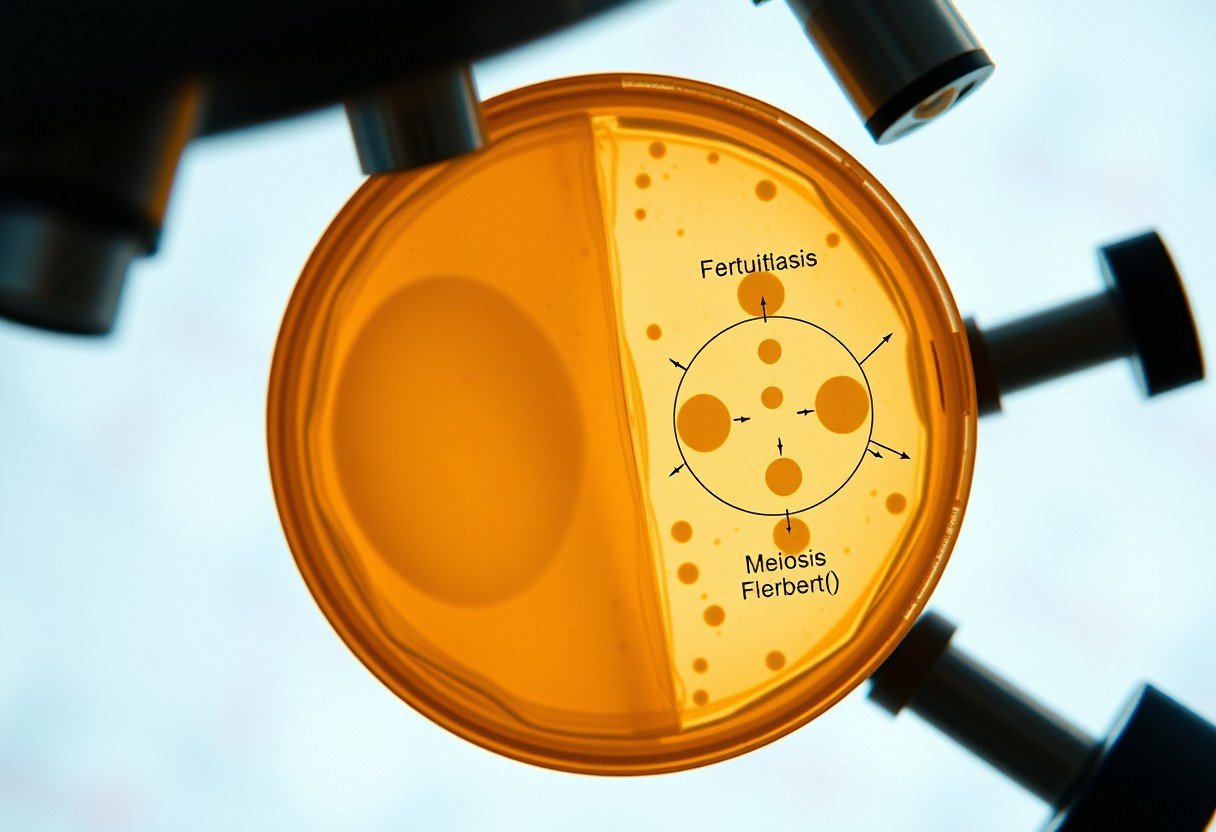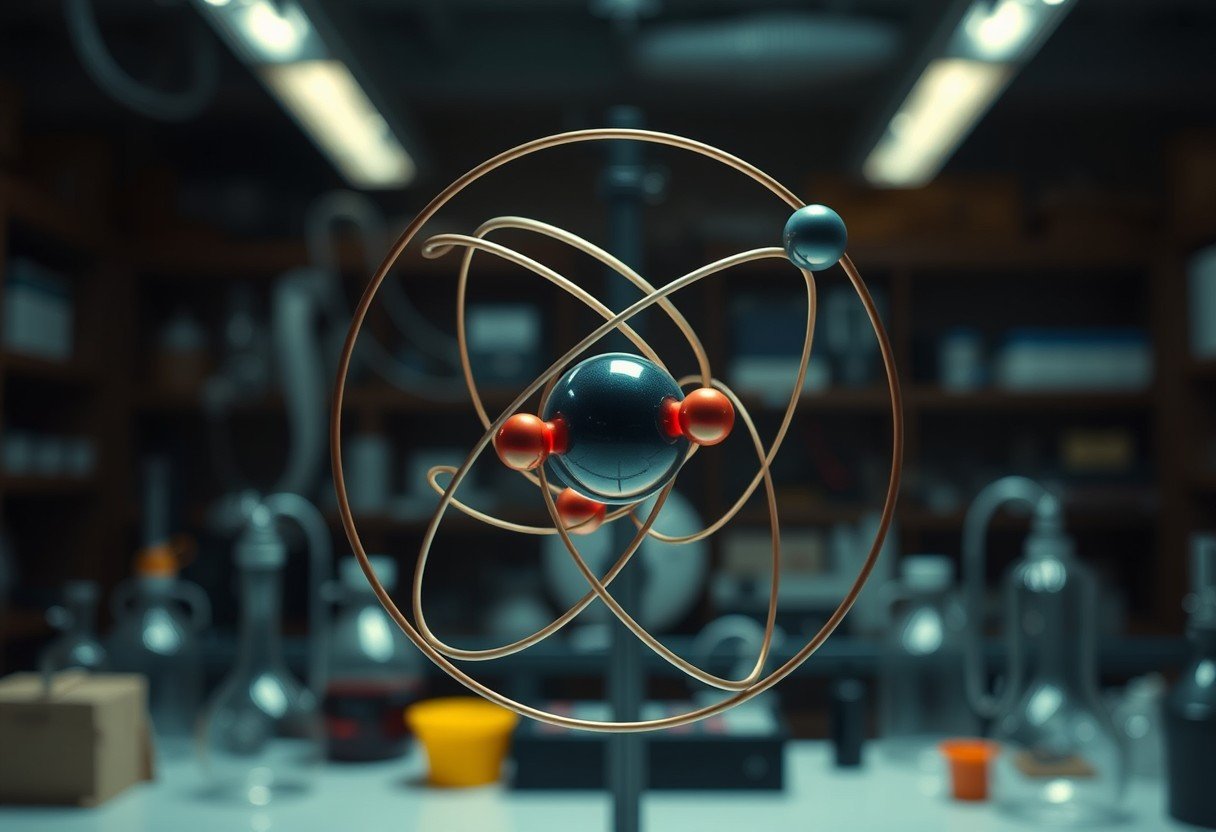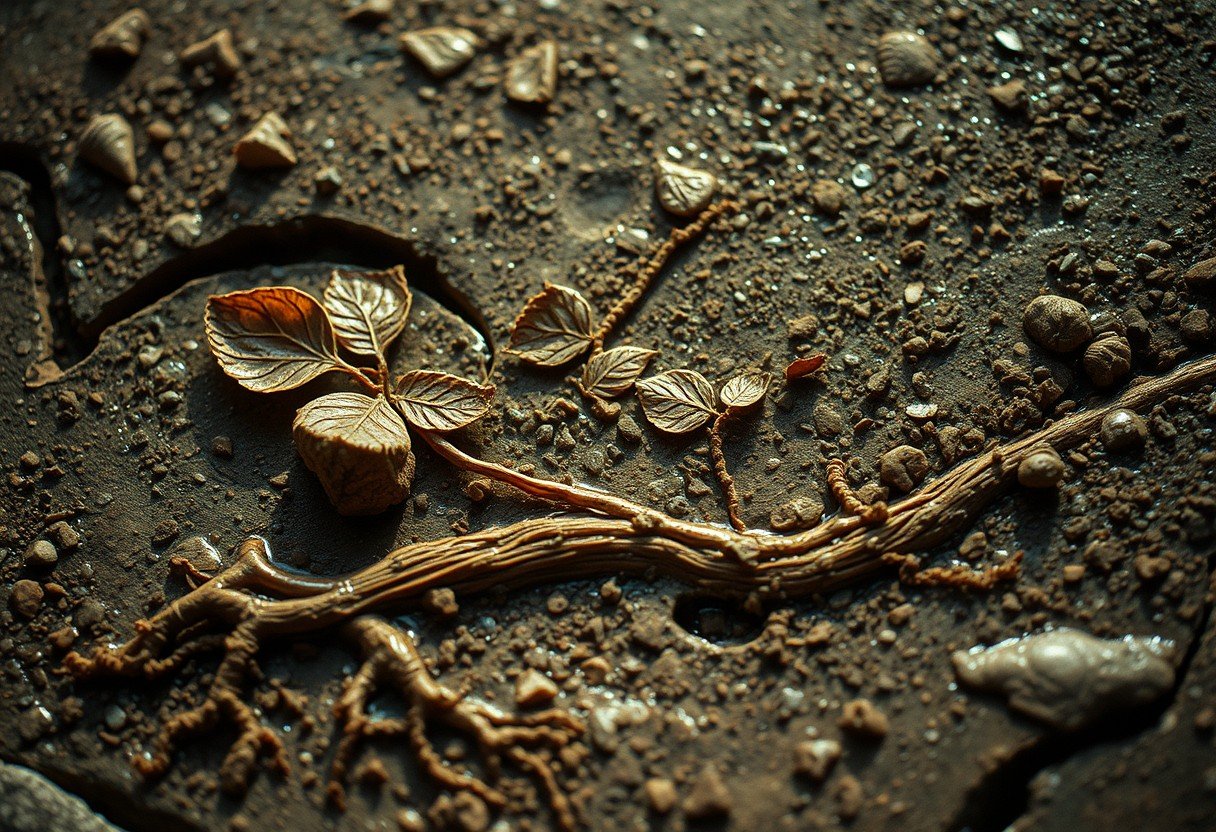Have you ever wondered why some life forms, like bacteria, reproduce by simply splitting in two, while others, like humans and plants, have a more complex process? The answer lies in two different types of cell division: mitosis and meiosis. Organisms use these strategies for growth, repair, and reproduction, and their choice has huge implications for how they survive and adapt to the world around them.
What is Mitosis and Why is it Essential
Mitosis is a fundamental process for life. Think of it as a cellular copy machine. A single cell divides into two identical daughter cells, each with the exact same genetic information as the parent.
This process is crucial for several reasons. For multicellular organisms like us, mitosis is how we grow from a single cell into a complex being. It’s also how our bodies repair themselves, replacing old or damaged cells in our skin, blood, and organs to keep us healthy.
For many single-celled organisms, such as protozoa and some algae, mitosis is their primary method of reproduction. This is known as asexual reproduction. It allows for rapid population growth, which is a huge advantage in stable environments where resources are plentiful. An organism that is well-suited to its surroundings can quickly create many identical copies of itself to thrive and colonize an area.
The Role of Meiosis in Genetic Diversity
Meiosis, on the other hand, is all about creating variety. It is a special type of cell division used for sexual reproduction. Instead of creating two identical cells, meiosis produces four unique cells, called gametes (like sperm and eggs), each with only half the number of chromosomes as the parent cell.
This process happens in two main stages, meiosis I and meiosis II. During these stages, genetic material is shuffled and swapped between chromosomes in a process called recombination. This genetic mixing ensures that each gamete is different from the others and from the parent cell.
When two gametes from different parents combine during fertilization, they create a new organism with a completely unique set of genes. This genetic variation is the raw material for evolution and is critical for the long-term survival of a species. It helps populations adapt to new challenges like diseases, predators, or changes in the climate.
Species that Rely Only on Mitosis
Many organisms, especially unicellular ones like bacteria, archaea, and some fungi, reproduce exclusively through mitosis. Their simple structure and lifestyle make this a highly efficient strategy. Since they don’t need to find a mate, they can reproduce very quickly whenever conditions are favorable.
This rapid reproduction is a major advantage. A single bacterium can divide every 20 minutes, leading to a massive population in just a few hours. This allows them to quickly exploit available resources and dominate their environment.
However, relying only on mitosis has a significant drawback: a lack of genetic diversity. Since the offspring are clones of the parent, the entire population has the same genetic makeup. If the environment suddenly changes, for instance, with the introduction of an antibiotic or a new virus, the entire population could be wiped out because no individuals possess the genetic traits needed to survive.
Why do Some Organisms Use Both Methods
Organisms that engage in sexual reproduction, including animals, plants, and most fungi, cleverly use both mitosis and meiosis. They get the benefits of both processes, allowing them to be both stable and adaptable.
They use mitosis for everyday life functions. It powers their growth from a fertilized egg into an adult, heals their wounds, and replaces worn-out cells throughout their lives. This ensures the organism can maintain its body and function properly.
At the same time, they use meiosis to produce gametes for reproduction. This strategy provides several key advantages for their species:
- Adaptability: Genetic diversity from meiosis allows the species to adapt over generations to changing environmental conditions.
- Disease Resistance: Variation within a population makes it less likely that a single disease will wipe everyone out.
- Filtering Mutations: Sexual reproduction can help filter out harmful genetic mutations that might accumulate in asexually reproducing populations.
This dual approach of using mitosis for individual survival and meiosis for species-level adaptation is one of the most successful evolutionary strategies on Earth. It allows organisms to grow and thrive in the short term while ensuring they have the genetic tools to survive in the long term.
A Quick Comparison Between Mitosis and Meiosis
Understanding the key differences between these two processes helps clarify why organisms might use one, the other, or both. The strategies are tailored to different needs and outcomes, from simple replication to complex genetic mixing.
Here is a table that breaks down the main distinctions between mitosis and meiosis in a simple way.
| Aspect | Mitosis | Meiosis |
|---|---|---|
| Purpose | Growth, repair, asexual reproduction | Sexual reproduction (producing gametes) |
| Number of Divisions | One | Two |
| Daughter Cells | Two, genetically identical | Four, genetically unique |
| Chromosome Number | Stays the same as the parent cell | Halved from the parent cell |
Evolutionary and Ecological Significance
The choice between mitosis and meiosis is not random; it is a product of millions of years of evolution shaped by environmental pressures. Species that live in very stable, predictable environments often do well with mitosis alone, as there is little need for rapid adaptation.
In contrast, species living in dynamic and changing environments benefit immensely from the genetic diversity provided by meiosis. This variation increases the odds that at least some individuals in a population will have the traits needed to survive and reproduce when faced with new challenges.
Ultimately, the ability of some species to use both processes represents a powerful evolutionary compromise. It allows them to balance the need for rapid, efficient growth with the long-term necessity of genetic adaptability. This flexibility is a key reason why sexually reproducing organisms have been so successful in colonizing nearly every ecosystem on the planet.
Frequently Asked Questions about Mitosis and Meiosis
Why can’t complex animals reproduce using only mitosis?
Animals rely on specialized cells that form tissues and organs. Asexual reproduction through mitosis would create clones, which would limit the genetic diversity needed to fight diseases and adapt to environmental changes, making the species vulnerable.
What is the main advantage of using meiosis for reproduction?
The primary advantage is the creation of genetic variation. This diversity allows species to adapt to new challenges, evolve over time, and increase their chances of long-term survival in a changing world.
Are there disadvantages to reproducing only through mitosis?
Yes, the main disadvantage is the lack of genetic diversity. A population of identical clones is highly vulnerable to new diseases, parasites, or shifts in environmental conditions, which could lead to extinction.
Which organisms use both mitosis and meiosis?
Most eukaryotes, including animals, plants, and fungi, use both processes. They use mitosis for growth and repair of body cells and meiosis to create genetically diverse gametes for sexual reproduction.
How does mitosis help an organism grow?
Mitosis allows an organism to increase its number of cells in a controlled way. Starting from a single fertilized egg, repeated rounds of mitosis produce all the cells needed to build tissues, organs, and entire body systems.








Leave a Comment